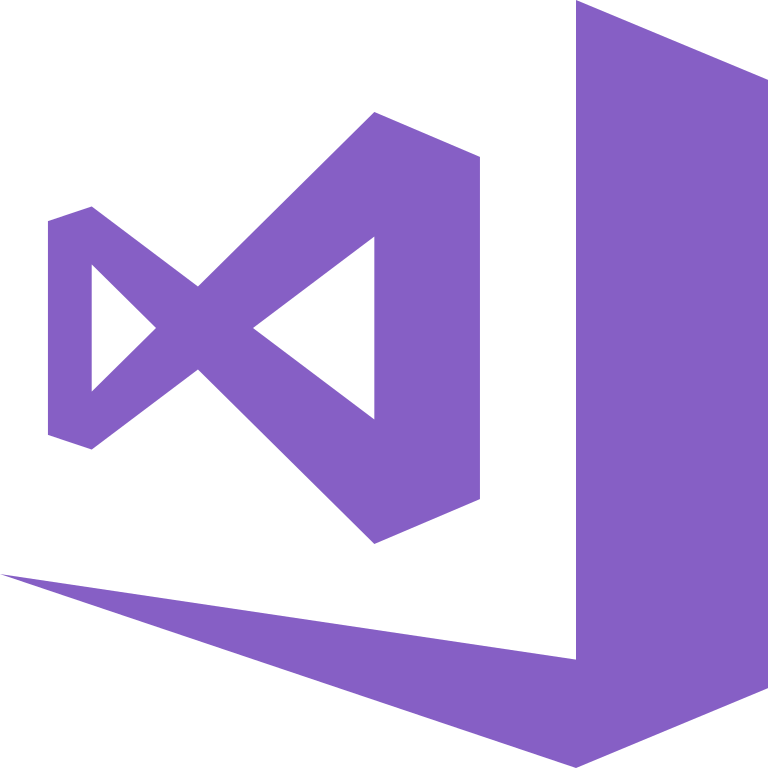

- #WIN32 APPLICATION WIZARD IN VISUAL STUDIO 2017 HOW TO#
- #WIN32 APPLICATION WIZARD IN VISUAL STUDIO 2017 UPDATE#
- #WIN32 APPLICATION WIZARD IN VISUAL STUDIO 2017 UPGRADE#
You can use the GDB Session window to see the commands sent by VisualGDB to the gdb debugger and run your own gdb commands:.Set a breakpoint in the add() method and press F5 to start debugging.VisualGDB will automatically create the new method:.Then select “Implementation: in source file” and press Ctrl-Enter to complete the edit: Change the return value to int and add a basic implementation to the method.In this example, the return value is incorrectly guessed as std::ostream: VisualGDB will try to guess the argument values and return value based on the context of the call.to display VisualGDB’s suggestion to generate a new function/method: Go to the main C++ source file, include the header file, create an instance of the new class and finally try calling a non-existing method from it.VisualGDB will warn that the header is not included from any source files yet and hence IntelliSense won’t be accurate: Follow a similar procedure to create a header file and add an empty class in it.
#WIN32 APPLICATION WIZARD IN VISUAL STUDIO 2017 UPDATE#
#WIN32 APPLICATION WIZARD IN VISUAL STUDIO 2017 HOW TO#
Now we will show how to add new code to the project using the Advanced CMake Project Subsystem and Clang IntelliSense.Your Visual Studio project will be now created.Press Finish to complete the wizard and wait for VisualGDB to test the toolchain consistency: Once the toolchain is installed it will appear in the normal toolchain list in the wizard.If you have not installed MinGW64 yet, select the auto-download option from the list:.Select CMake, Ninja and check the “Advanced CMake project Subsystem” checkbox: In this tutorial we will show the more advanced CMake option. VisualGDB can create MinGW64 projects using either GNU Make, or CMake. On the first page of the wizard select Create a new Project => Application.Open Visual Studio, select File->New Project->VisualGDB and pick the MinGW/Cygwin project wizard: Please let me know if you have other questions.This tutorial shows how to create a MinGW64-based application with Visual Studio and debug it with VisualGDB. Additionally, you can subscribe to the item and be updated with its status changes. WinForms Converter - the converter should not change the encoding of the modified files. Regarding the changed encoding, I logged an issue on the feedback portal, here:įIX. Please also check the other two screenshots showing the Edit System Variable window and the end result on my end in Visual Studio 2017. Path: C:\Program Files (x86)\Microsoft Visual Studio\2017\Professional\Common7\IDE\CommonExtensions\Microsoft\TeamFoundation\Team Explorer\IDE.Then you can create the environment variable like this: You can check the attached -path.png screenshot. You will also need to create one additional folder named Ide inside the Team Explorer folder Then you can copy the vsdiffmerge.exe file from the Team Explorer folder to the newly created Ide folder. The vsdiffmerge.exe merge tool in Visual Studio 2017 is usually located here: C:\Program Files (x86)\Microsoft Visual Studio\2017\Professional\Common7\IDE\CommonExtensions\Microsoft\TeamFoundation\Team Explorer. Should you have further questions please do not hesitate to write back. In case the matter is urgent please use the ticketing system. Please also note that support tickets are handled with a bigger priority than forum posts.
#WIN32 APPLICATION WIZARD IN VISUAL STUDIO 2017 UPGRADE#
If you mean the App Converter and not the Upgrade Wizard, hosted WPF controls are not actually supported and the tool has not been tested against them. I have also updated your Telerik points.Īlso, it would be great if you can share more information on the issue with the hosted WPF controls(steps, screenshots. I have also logged an item on our feedback portal, handling this kind of scenario. In Visual Studio 2017, however, this has changed, a similar question has been discussed here. For versions, prior to 2017, this tool can be accessed as an environmental variable like this VS is the VS version. Since it is not opening on your end, I am assuming that you are having only Visual Studio 2017. For the sake of the community, I am updating the thread with my answer from your ticket:Ĭould you please specify if the encoding of the file is changed after using UI for WinForms Upgrade Wizard or UI for WinForms App Converter?Ĭlicking on the What`s Changed buttons will launch the vsdiffmerge.exe merge tool.


 0 kommentar(er)
0 kommentar(er)
